Don't Let Rain Ruin Your Camp: Waterproof Tarp Tips!
Picture this: You're surrounded by towering trees, the aroma of campfire wafting through the air, and the tranquil sounds of nature serenading your evening. Camping is a breathtaking escape from the daily grind, but there's one element that can turn this idyllic scene into a soggy nightmare – rain. While a little drizzle can add to the adventure, a downpour can dampen spirits.
In this article, we'll tackle the age-old challenge of rainy camping and share practical tips for harnessing the incredible power of waterproof tarps. From choosing the right tarp to mastering setup techniques, we've got you covered. So, let's dive in and ensure rain never ruins your outdoor escapades again.
Choosing the Right Tarp
Picking the Perfect Tarp
Selecting the ideal tarp can make or break your rainy camping experience. Consider these factors when choosing your rain shield:
Material Matters: Opt for tarps made from waterproof materials like ripstop nylon or Silicone Polyester. These fabrics are not only waterproof but also durable.
Size and Shape: Ensure your tarp provides adequate coverage for your campsite. Rectangle, square, and hexagonal shapes are popular choices. You are even able to get tarps with doors. Think about how many campers you need to shelter beneath it.
Durability: Look for reinforced corners and sturdy grommets. You'll appreciate these features when the elements are less than forgiving.

Types of Tarps
There's a variety of tarps tailored to different weather conditions:
General-Purpose Tarps: Suitable for most weather conditions and versatile enough for various outdoor activities.
Rain Fly Tarps: Designed explicitly for rain protection, they often come with guy lines and stakes for easy setup.
Ultralight Tarps: Ideal for backpackers aiming to reduce weight without sacrificing rain protection.
Effective Tarp Setup Techniques
Mastering Tarp Setup
Now that you've got the right tarp, let's ensure it provides optimal protection:
Angle and Height: Set up your tarp at an angle to allow rainwater to run off. Adjust the height to provide ample headroom without sacrificing coverage.
Tension is Key: Keep your tarp taut to prevent water from pooling. Loose tarps can sag and lead to unwelcome drips.
Pitch Low: In windy conditions, pitch your tarp low to the ground on the windward side. This minimizes wind penetration.

Accessorizing Your Tarp Setup
Enhancing Tarp Effectiveness
Accessories can elevate your tarp game:
Guy Lines: Use guy lines and stakes to secure your tarp. They provide stability and prevent flapping in the wind.
Tarp Poles: Adjustable tarp poles can help you create more headroom or extend coverage.

Creativity in a Pinch
Sometimes, you might find yourself without essential accessories. In such cases:
Use Natures' Resources: Utilize rocks, logs, or fallen branches to anchor your tarp.
Knot Know-How: Learn a few basic knots to adapt to different situations. The taut-line hitch is invaluable for adjusting guy lines.
Campsite Selection and Tarp Placement
Strategic Camping
Choosing the right campsite and tarp placement can be a game-changer:
High and Dry: Opt for higher ground if possible. It reduces the risk of flooding and ensures better drainage around your campsite.
Wind Direction: Place your tarp so that the windward side faces into the wind. This minimizes wind-driven rain from blowing under your shelter.
Maintenance and Storage of Tarps
Caring for Your Rain Shield
To ensure your tarp's longevity:
Cleaning: After use, clean your tarp with mild soap and water. Avoid abrasive materials that can damage the waterproof coating.
Drying: Ensure your tarp is thoroughly dry before storage to prevent mold and mildew.
Storage: Fold your tarp neatly and store it in a cool, dry place. Avoid prolonged exposure to direct sunlight.
Unveiling the Hideaway Tarp
Ultimate Rain Protection
When it comes to conquering the rain, our Hideaway Tarp stands as a true hero. Crafted from premium waterproof materials and designed for easy setup, it's your shield against the most challenging weather. With its ample coverage and durable construction, this tarp ensures you stay dry, cozy, and ready to enjoy the serenity of nature. Explore the Hideaway Tarp today, and let it be your trusted companion on your next rainy adventure.
Conclusion
In conclusion, camping in the rain doesn't have to spell disaster. With the right tarp and some know-how, you can embrace the beauty of nature, even when the skies open up. Rainy camping experiences can be memorable and rewarding, offering a unique connection with the great outdoors.
So, gear up, be prepared, and remember that rain is just another element of nature's grand symphony. With waterproof tarps as your trusty sidekick, you're ready to take on any adventure that comes your way.
We'd love to hear your rainy camping stories and tips! Share your experiences or seek more outdoor wisdom on our platform. As you gear up for your next adventure, explore our range of outdoor gear designed to keep you comfortable and dry, rain or shine.





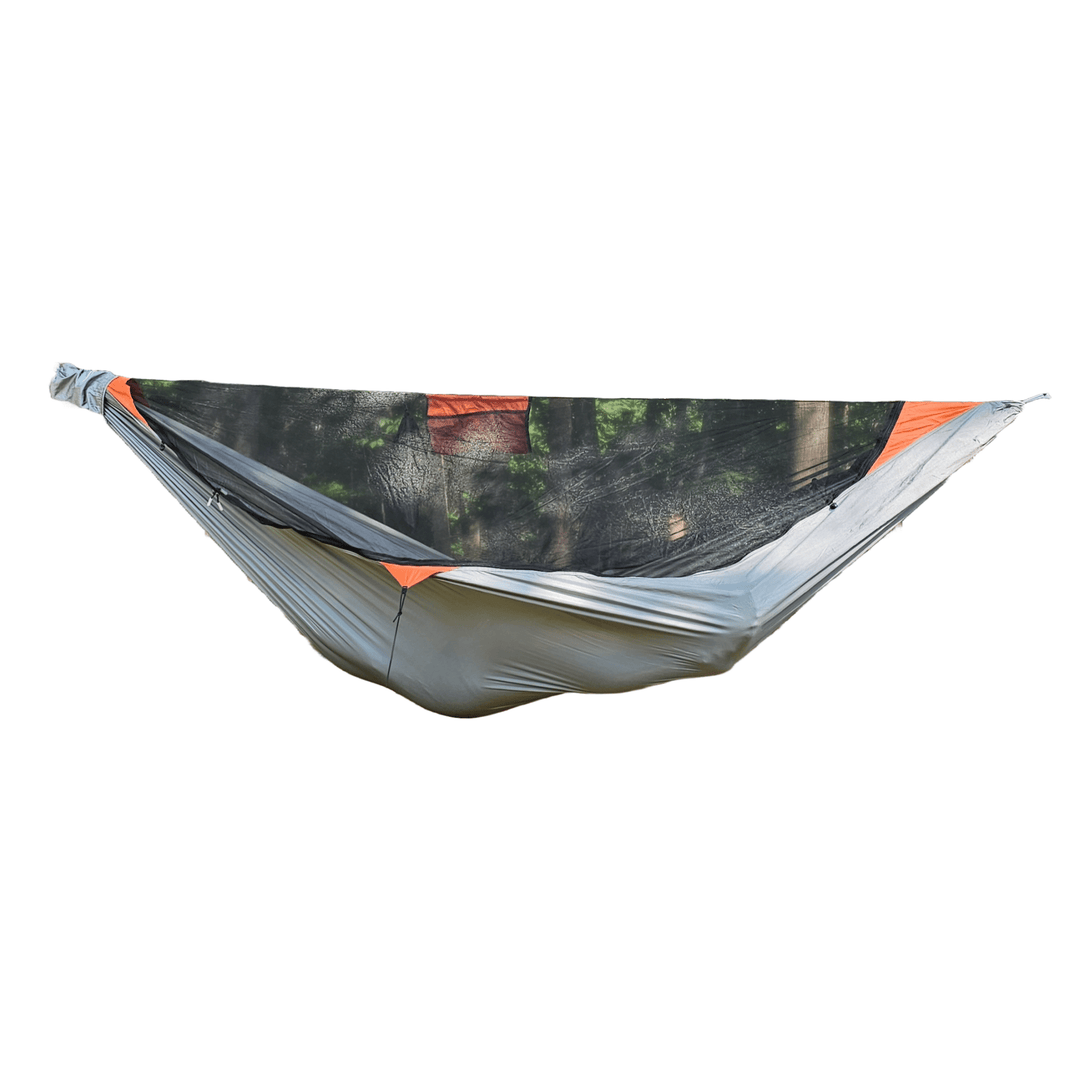
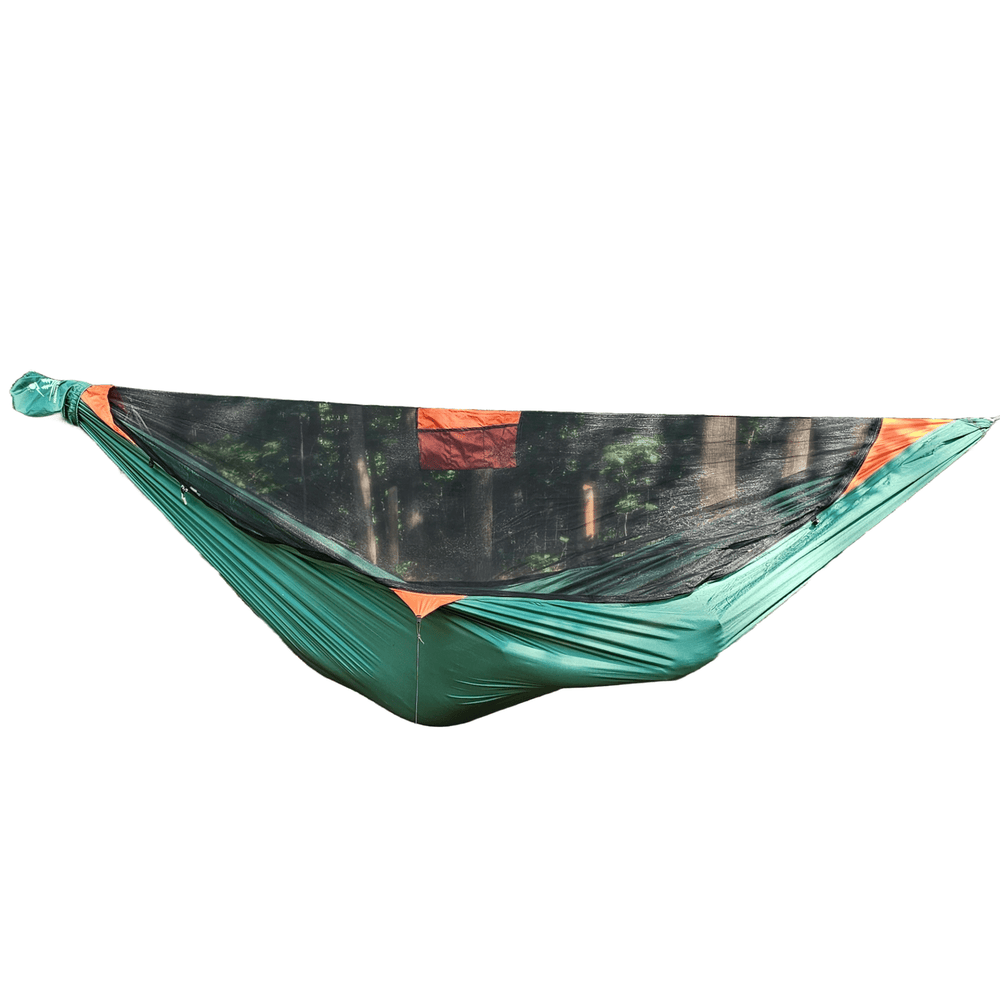
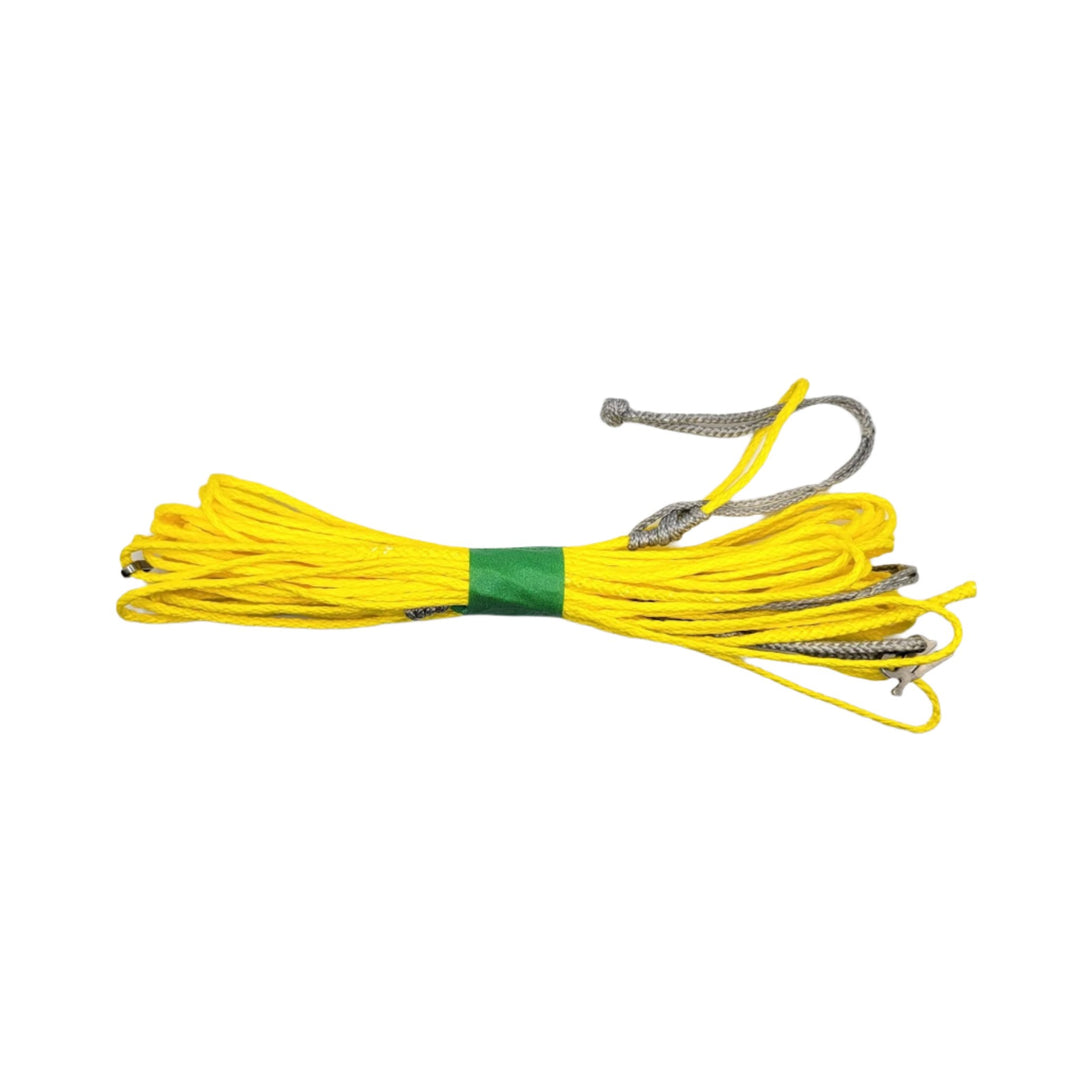
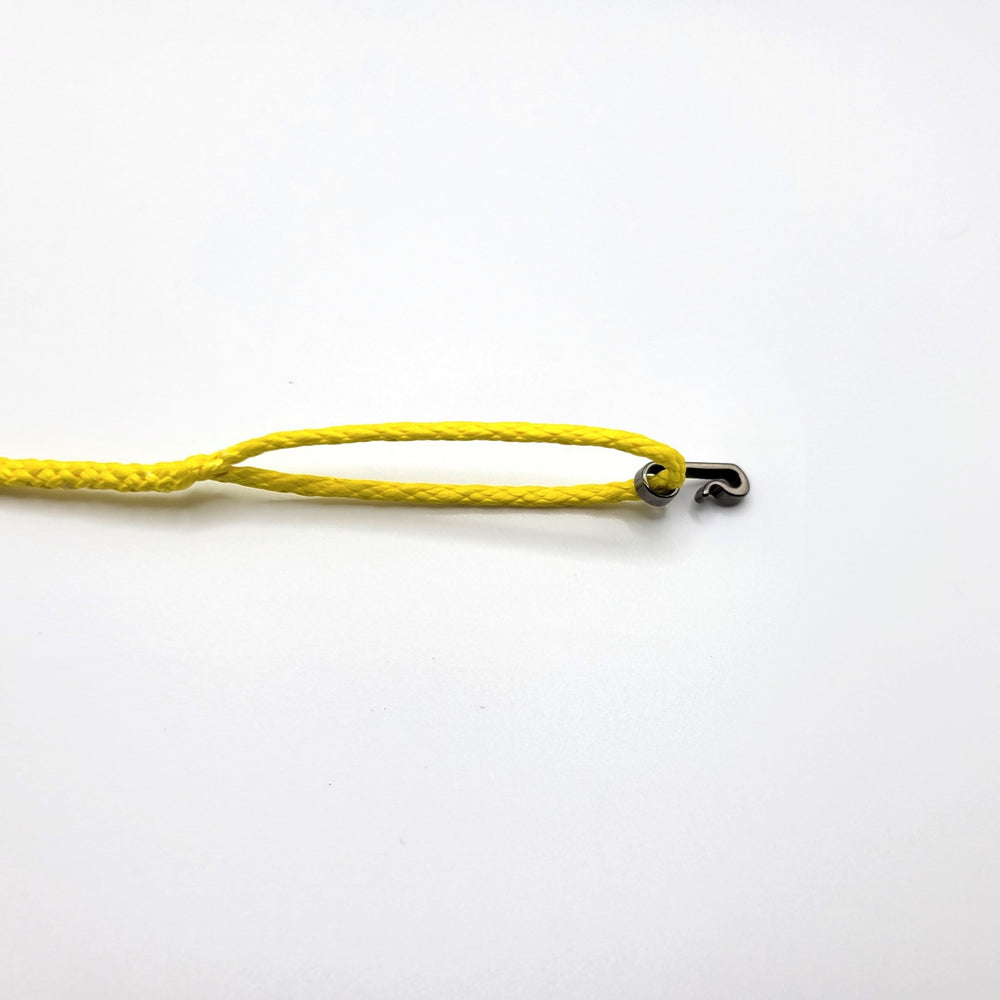
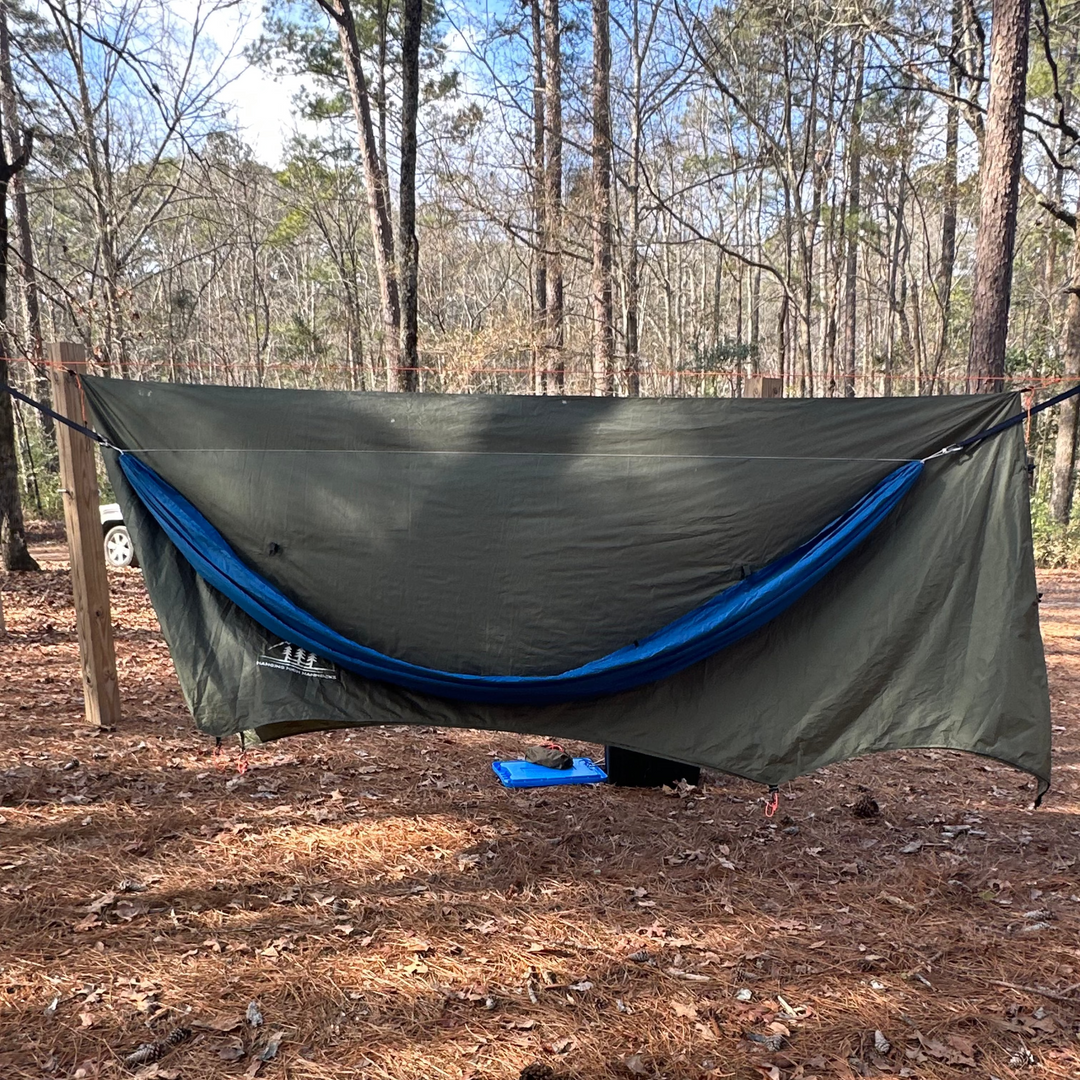
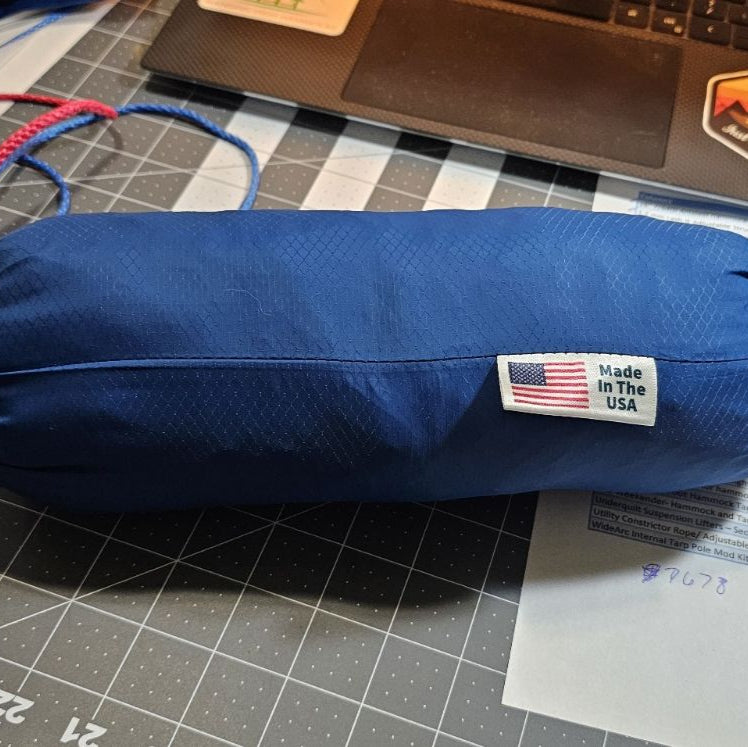
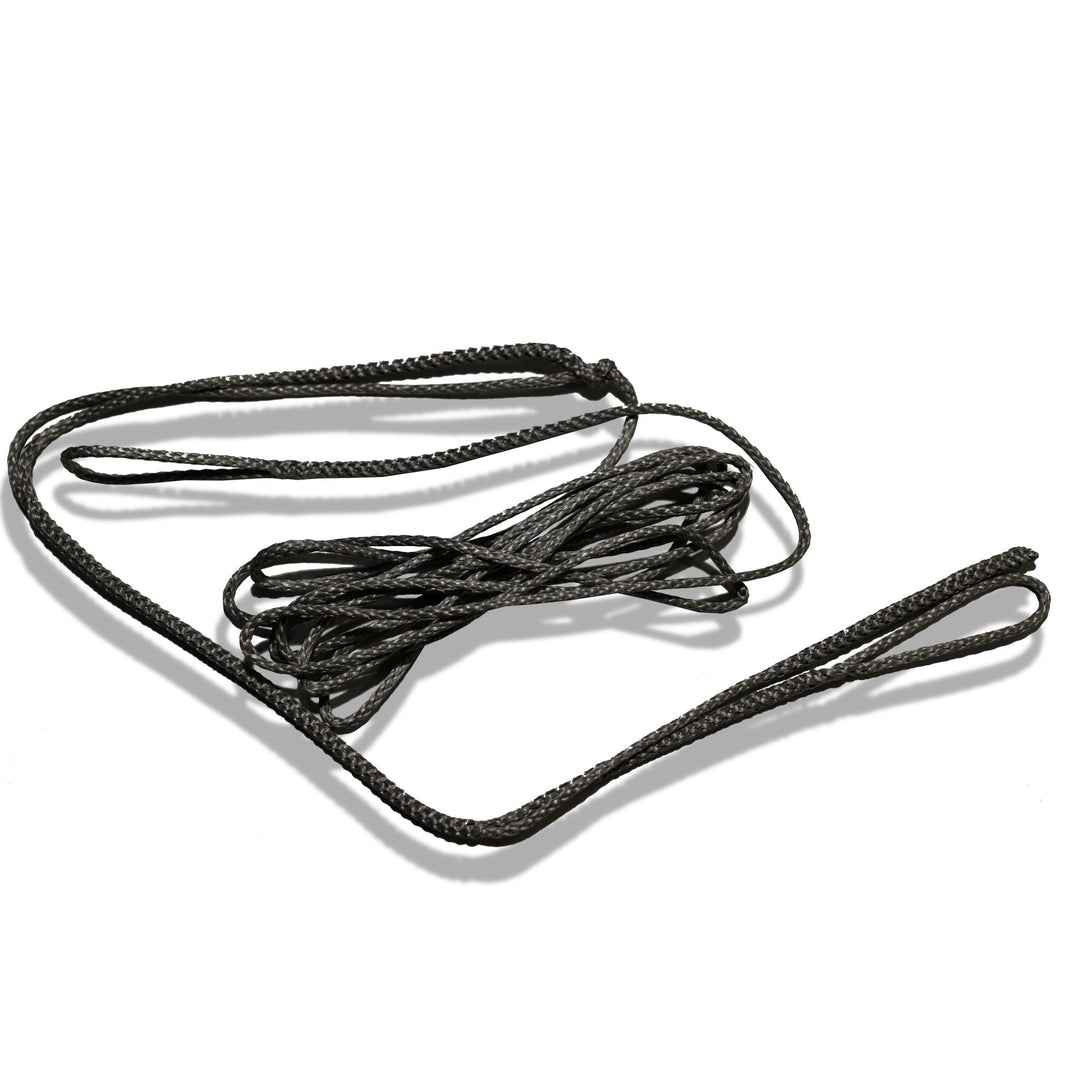
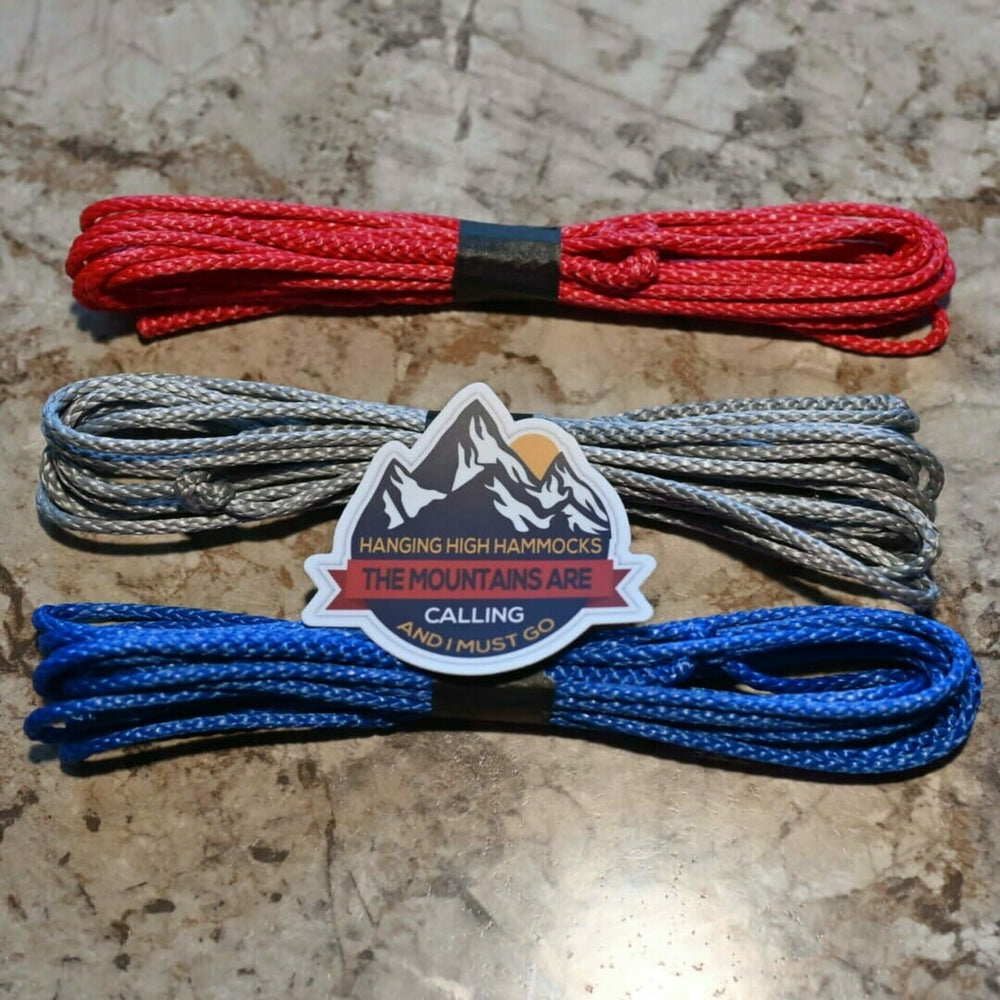
Leave a comment